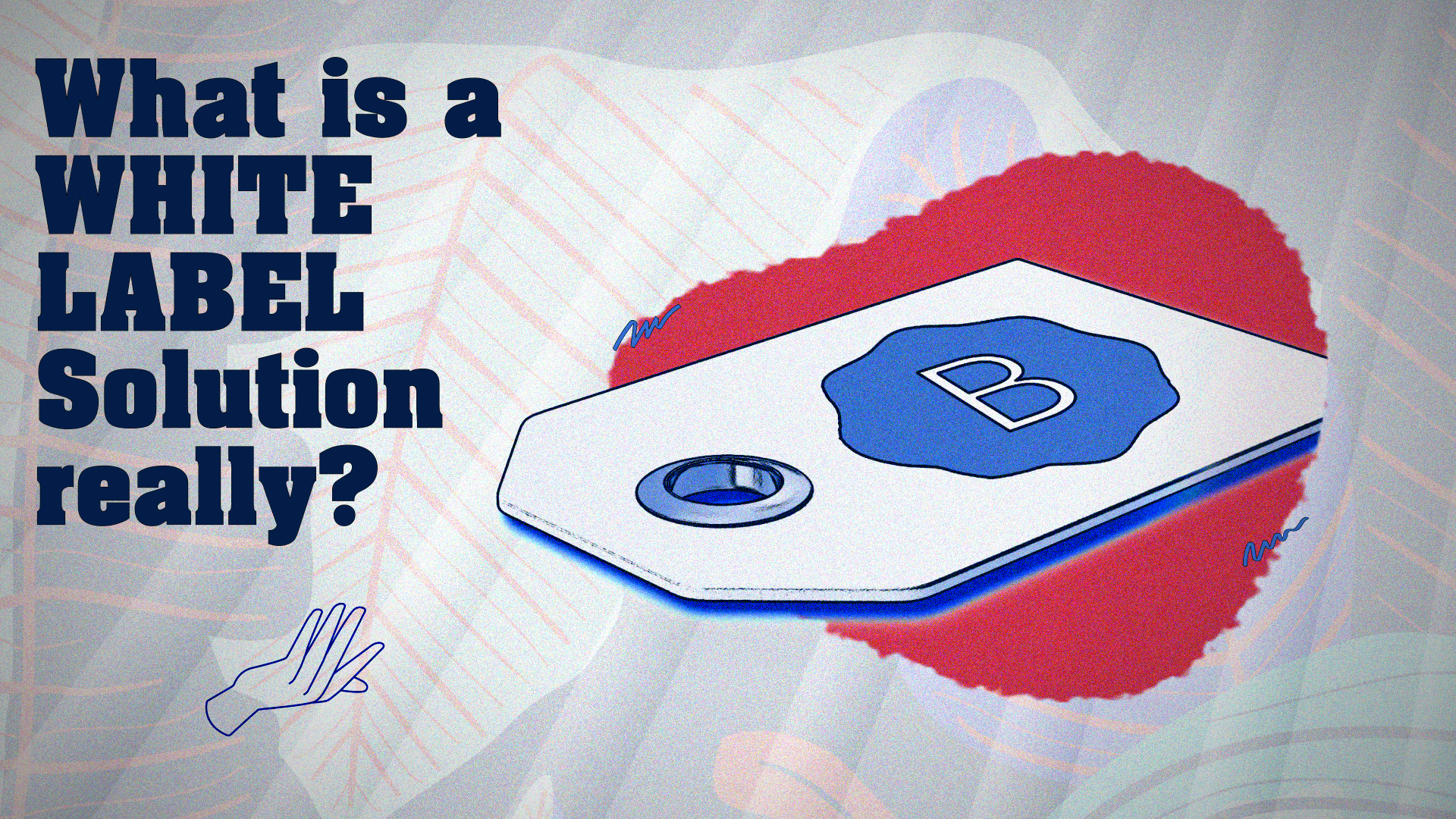The journey to homeownership or refinancing a mortgage is filled with numerous steps, documents, and legal requirements, one of the most critical being the Closing Disclosure. In truth, the Closing Disclosure is not a mere formality but rather the headline of the mortgage process, where, comprehensively, one can gather new information about the loan terms, the costs, and other details of the loan. Most importantly, the completion and understanding of the Closing Disclosure is the borrower’s responsibility, ensuring that they make informed and prepared decisions that will bring them happiness and contentment in their lifetime, financially speaking.
This comprehensive guide is designed to clarify a complex concept and provide readers with an informed view, the right direction, and helpful advice for better performance throughout this crucial stage. Once you have the information that allows you to take charge of your CD, this is the time to kick off the next phase. The professionals from BlueNotary will guide you every step of the way, ensuring a smooth process and a clear understanding so you can stay relaxed throughout. Learn How!
The Importance of the Closing Disclosure
Each mortgage loan consumer is given a five-page form that details the terms and costs of their mortgage loan. This is the final stage of completing the mortgage process. The document replaces the final Truth in Lending statement for most mortgage transactions, as well as a HUD-1 settlement statement. The document is a manifestation of the bank’s willingness to provide customers with a clear understanding of the structured and standardized information at a glance.
Why is Complete Review Important?
A thorough review of the Closing Disclosure is essential due to several factors. Above all, it confirms that the terms and charges of the loan are correct and in line with the agreement reached. The occurrence of any disparities between the Closing Disclosure and the Loan Estimate, the latter of which was given by the lender before, must be resolved to avoid any problems at the end of the contract. This reviewing process not only protects borrowers from unforeseen costs and terms that can be detrimental to their financial future but also gives them the confidence to participate in their mortgage transactions under the most favorable conditions.
Details inside the Closing Disclosure
On the Closing Disclosure, one can find various essential facts:
Loan Terms: This section of the form displays the most essential details, including the loan amount, interest rate, and loan duration. It is also an illustration of how the loan will be paid off, and if the APR changes, especially in the case of adjustable-rate mortgages.
Projected Monthly Payments: You get an explicit explanation of each of the payments you will make every month. Here, you will find the principal and interest portions, as well as any escrow agreements for taxes and insurance.
Closing Costs: A detailed breakdown of all costs and fees associated with the last steps before the house is acquired. Everything from the lender’s fees, title insurance, the house’s value, and even prepaid expenses such as property taxes and homeowners’ insurance should be included here.
Three-Day Review Period: The customer has the right to receive a Closing Disclosure at least three days before the signing. There is a period for the borrower to review the document, ask questions, and ensure that everything is as they wish.
Actions you should take if you haven’t received the Closing Disclosure
When the Closing Disclosure isn’t received within the given three days, a prompt response is necessary. Contact the lender to request the document and inquire about the reason for the delay. If the Closing Disclosure arrives after the deadline, the new closing date will be affected, and consequently, house moving plans may be disrupted, and additional costs may ensue.
Cases in which the Closing Disclosure was Not Essential
Not every home purchase transaction involves a Closing Disclosure. Situations in which the statement is not necessary are the following:
Reverse Mortgages: Borrowers are to obtain a HUD-1 Settlement Statement and a final Truth in Lending Disclosure instead.
Home Equity Lines of Credit (HELOCs): Generally, a Truth in Lending Disclosure is given to the borrowers, while no Closing Disclosure is provided.
Manufactured Housing Loans Not Secured by Real Estate Transactions and Certain Homebuyer Assistance Programs: Loans of this type may not require a Closing Disclosure; however, a Truth-in-Lending disclosure should still be provided.
Knowing the Main Parts of the Closing Disclosure
The Closing Disclosure consists of different sections. Once in each one, you can find precise details about the mortgage loan.
Loan Terms and Projected Payments
This part of the Closing Disclosure provides information on the loan amount, interest rate, monthly payments, and how these payments may change in the future. It is crucial to verify that the loan terms align with those agreed upon by the lender before they are e-signed.
Costs at Closing
The closing costs fee that a mortgage borrower has to pay will differ from the lender’s escrow accounts, which are held for taxes and insurance. For a complete understanding of their mortgage, reviewing these details is highly beneficial to the borrower.
Tips for Navigating the Closing Disclosure
Review Right Away: After receiving the Closing Disclosure, waste no time examining it to ensure that you get to go through the three-day review period entirely.
Compare with Loan Estimate: Ensure that there are no variations between the Closing Disclosure and the Loan Estimate. You should ask the lender for explanations if there are significant alterations.
Ask Questions: Should you find something ambiguous or not matching your records, feel free to request the lender to clarify the issue. At this moment, you have to understand and correct any deficiencies before closing.
Consult Professionals: In a situation where you have any problems with the loan conditions or the closing procedure, think of talking to a real estate lawyer or a financial advisor.
Conclusion
The Closing Disclosure is one of the essential documents during the mortgage process, and it not only outlines the minimum facts of the loan terms and costs but also provides a more comprehensive view. According to the document, through a thorough study of it, raising some points of doubt, and understanding its parts, borrowers can be assured that they are informed and can also decide whether they need the mortgage or not. You should never forget that this document is more than just a piece of paper; it is an essential part of your financial life as a homeowner.
Frequently Asked Questions
1. What is a Closing Disclosure?
It is a Closing Disclosure, a five-page form that contains the most essential information about the mortgage loan, including the loan terms, estimated monthly payments, and other costs necessary to close the loan.
2. What triggers a new 3-day waiting period for closing disclosure?
The new 3-day waiting period applies due to significant changes in the Annual Payment Rate (APR), the addition of a prepayment penalty, or alterations to the loan product.
3. When does the seller get the closing disclosure?
Generally, the seller would not be furnished with the Closing Disclosure.
4. What two items will appear on a closing disclosure?
Under the Closing Disclosure, the loan terms and the projected monthly payments are itemized.
5. Who is responsible for reviewing the closing disclosure before closing?
The buyer has to review the Closing Disclosure before closing.








